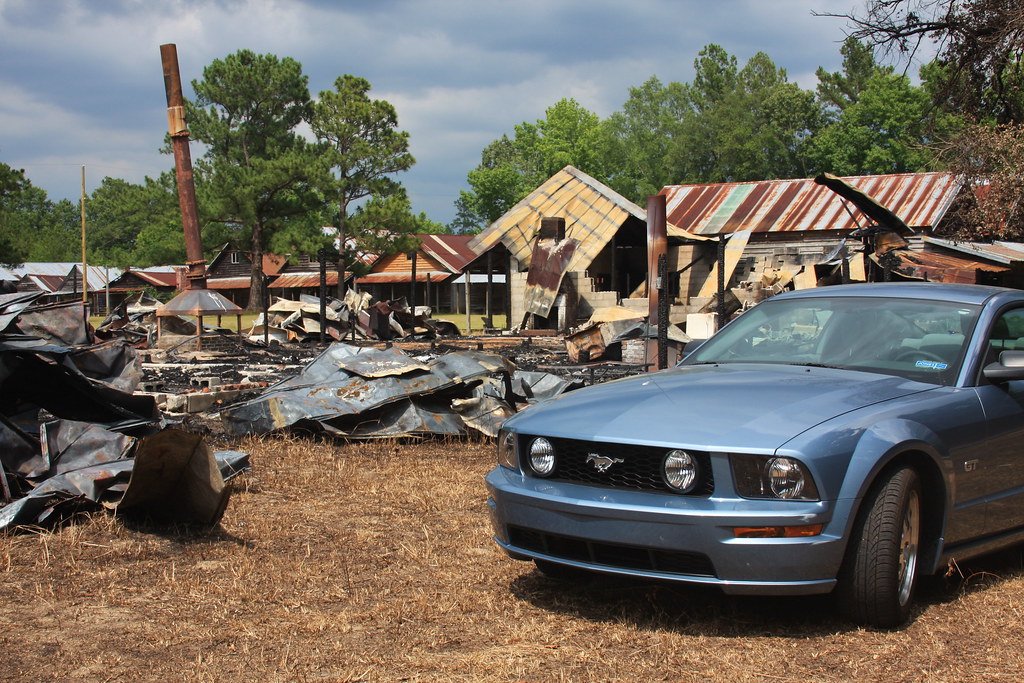WHERE DO FIRE BUGS COME FROM ?



We're at the Cypress Campground, a Methodist retreat in Dorchester County, SC, before the remnants of several wooden cabins which were destroyed by arson in the small hours of June 21. This is the second set fire at the campground within 30 days.
The cabins which they call tents are owned individually by members. There is no electricity or gas connected to these (formerly) 53 buildings. They have very little cash value and can't be insured. There are no visible religious icons and nothing provocative to the amateur anti-Christs who might happen by. These humble cabins are incapable of inspiring envy. It could as easily be the abandoned village of early Secular Humanists delivered by covered wagons. It's too Amish for the Amish.
The Methodist missionary Francis Asbury came to this site in 1794 after which this ground was consecrated and dedicated to the application which continues today. Each October they conduct a week long retreat which seems enhanced by the absence of modern conveniences including indoor bathrooms. They have a row of outhouses. A week in these spare quarters would tend to unsaddle one from the high horse of the material world. They don't get much brie and biscotti out here and very little Buerre Blanc Sauce for the beans.
Does arson come from the mind, the heart or further south in the body of low living types? Who would burn a place like this? Who does such thing? Well, according to SC law enforcement agencies and the FBI:
White males, aged 17-26, with the following credentials:
#1 Product of a disruptive, harsh, or unstable rearing environment ( a common apologia for a wide range of bad acts )
#2 Poor relationship with father, overprotective mother ( not exactly rare )
#3 Poor marital adjustment ( the group widens )
#4 Lacking in social and interpersonal skills ( wider yet, check out a singles bar )
#5 Poor occupational adjustment, employed in low-paying jobs ( consult the South Carolina public school system for further details )
#6 Fascinated with fire service and its trappings ( Oh, should this be #1 ? )
The South Carolina Forestry Commission began investigating arson by firefighters in 1993 when they found 33 volunteer firemen charged with arson, 47 in 1994. 40% of southern woods fires are causes by arson says the Commission and these boys tend to matriculate from random arson in the impersonal woods to targeting wood structures. Whose woods these are he may not know, but every building belongs to somebody. Fortunately for you when they pick your building to burn, you're not there or at least they don't mean for you to be. In his next stage of advancement, he knows you're home, fires up your place, but wants to dash in and save you. If you're lucky, Mr. #6 plays the hero, but if not you, too, become a number.



